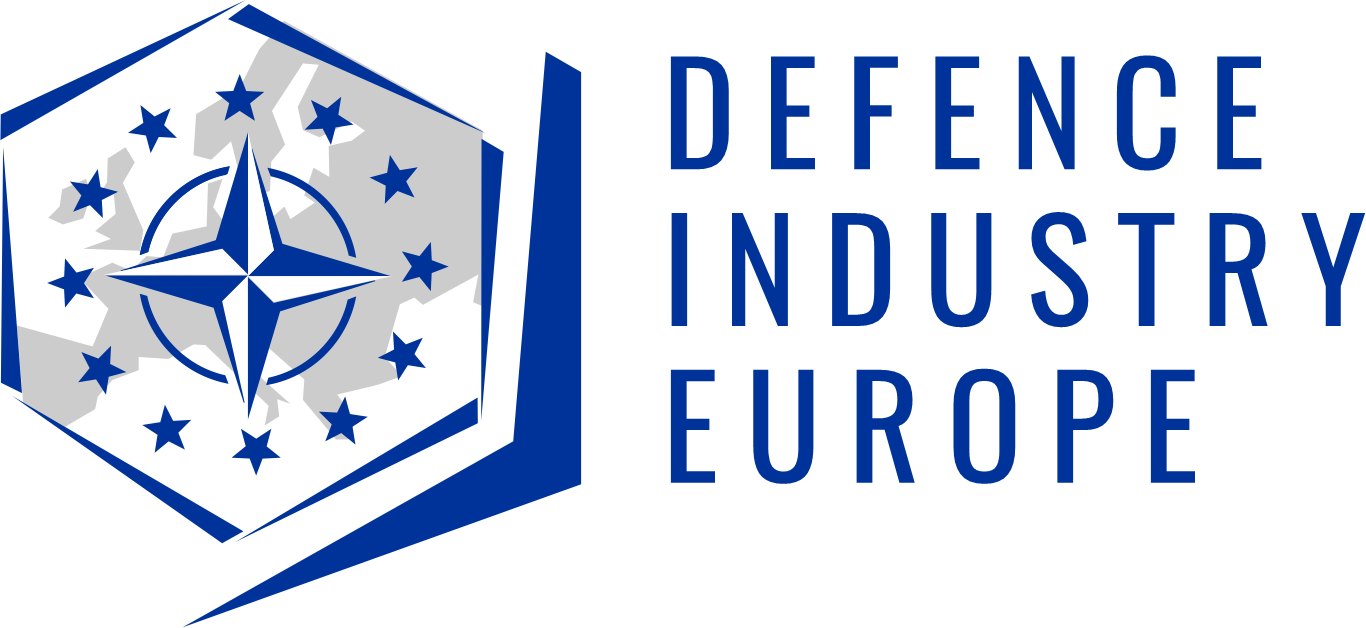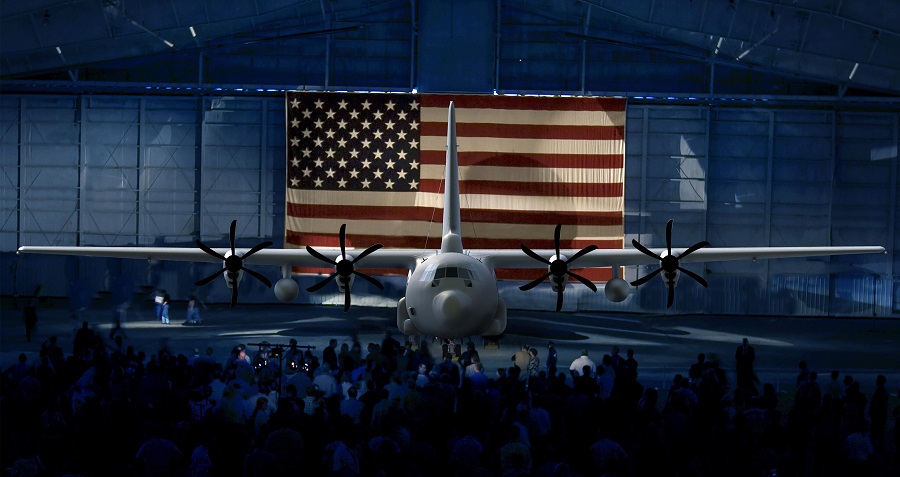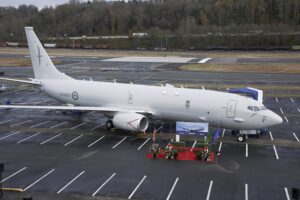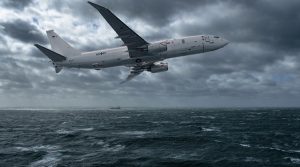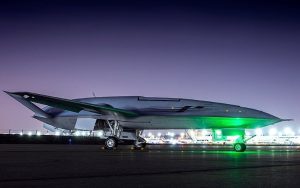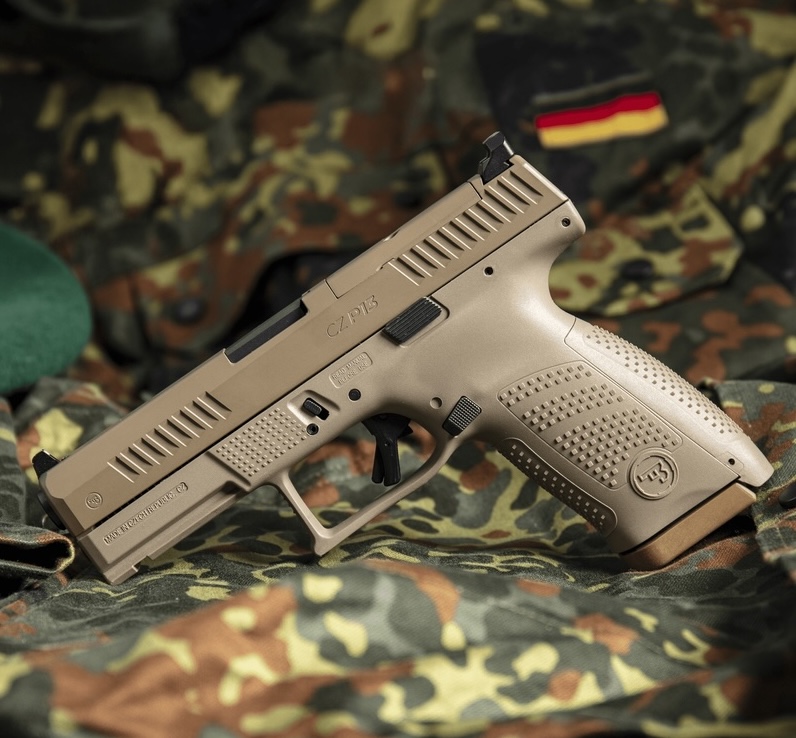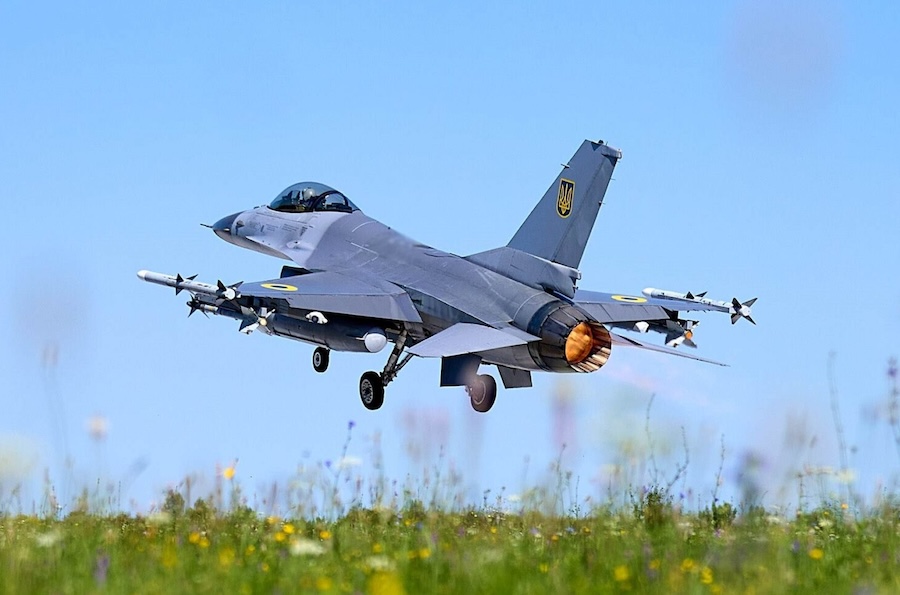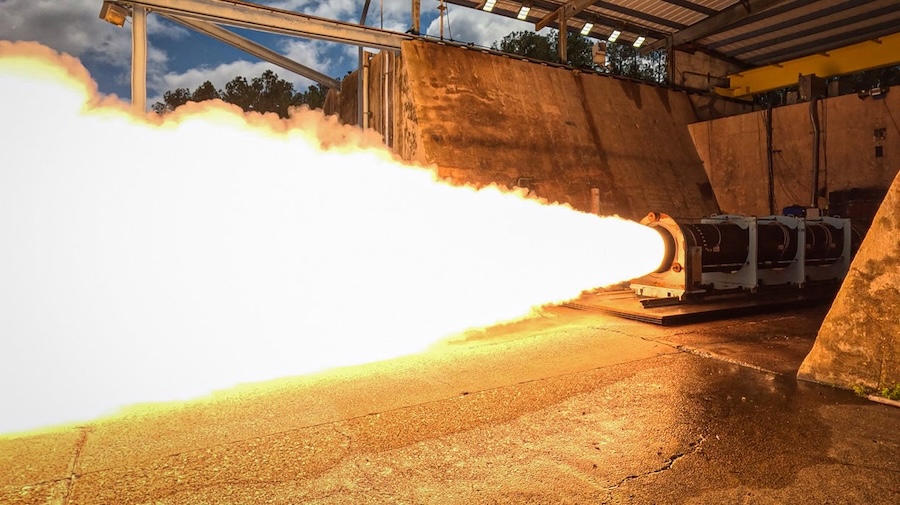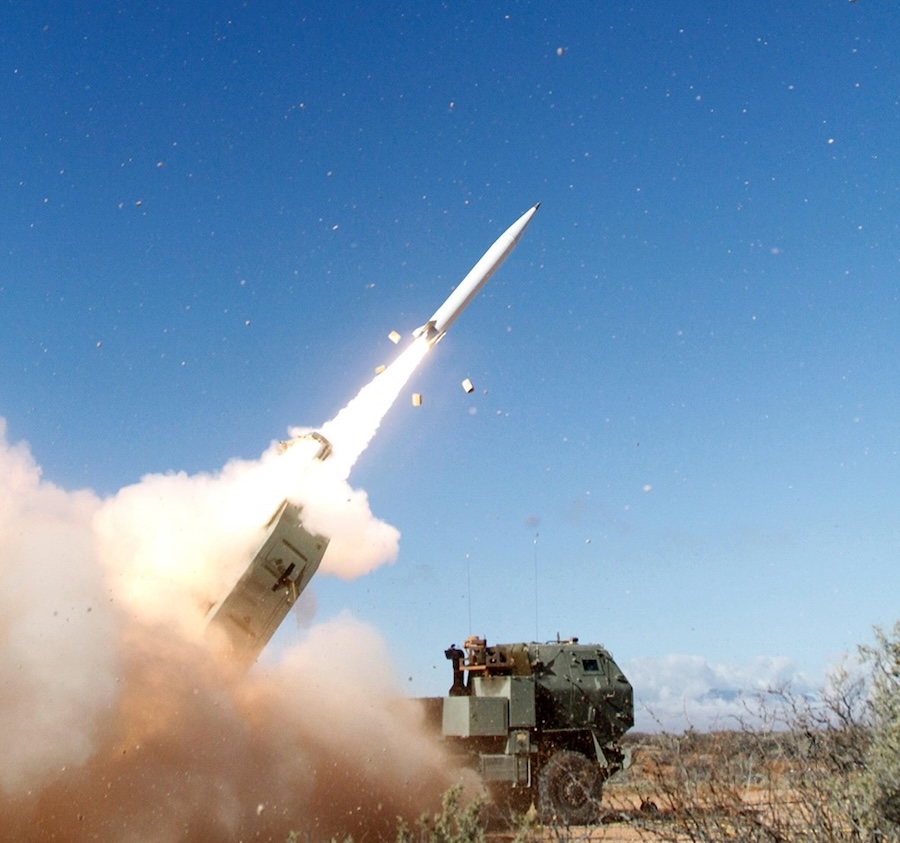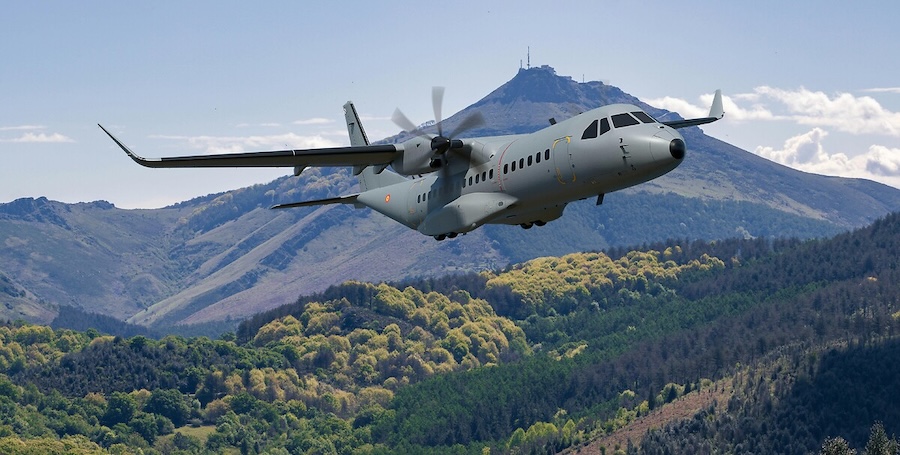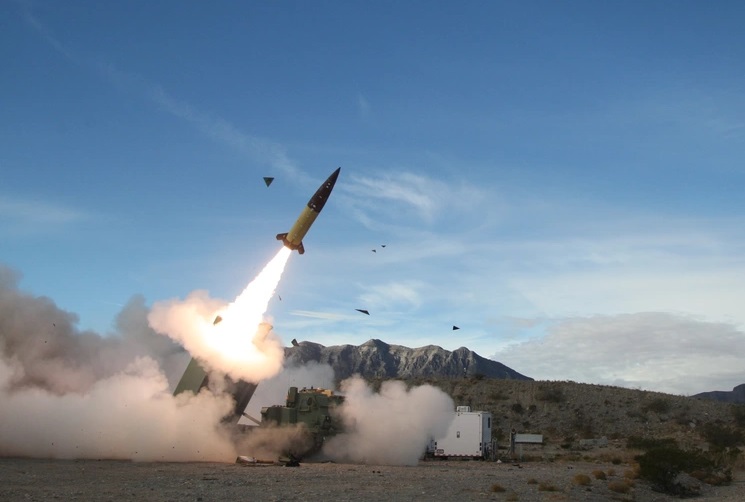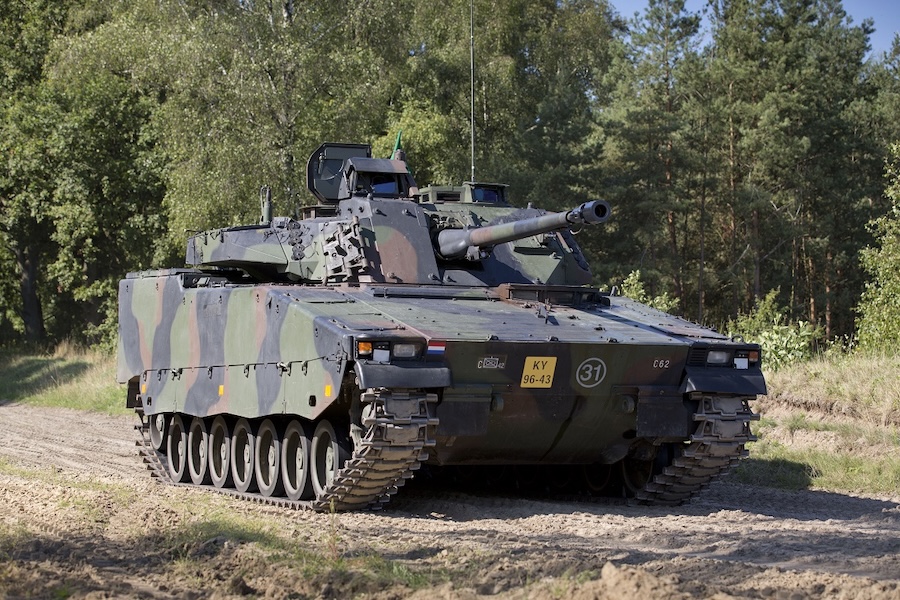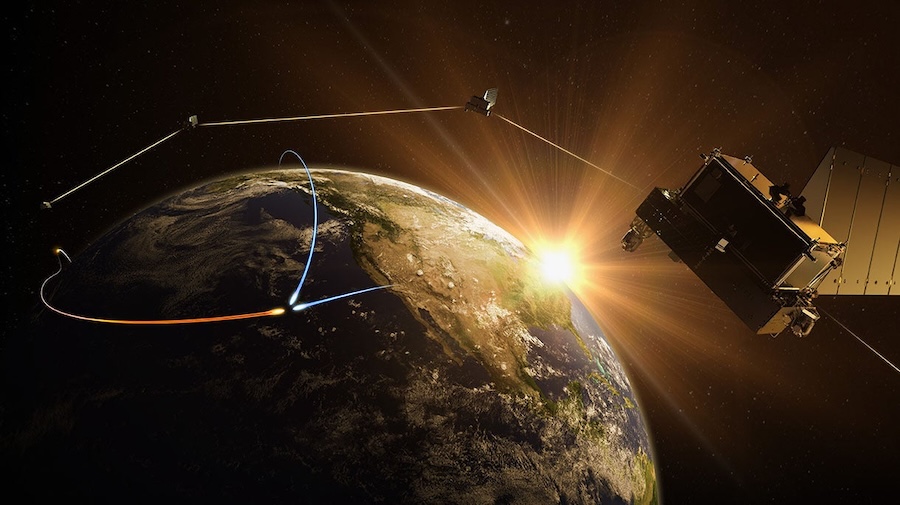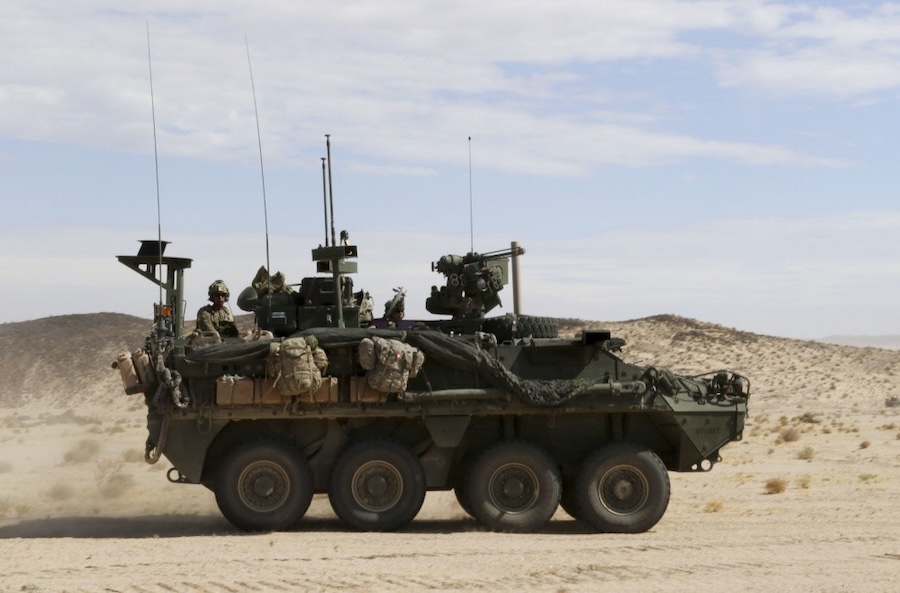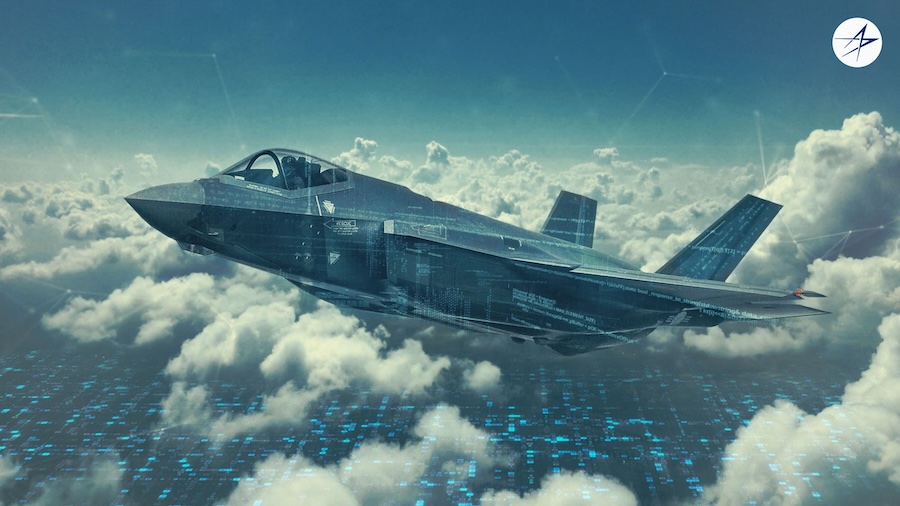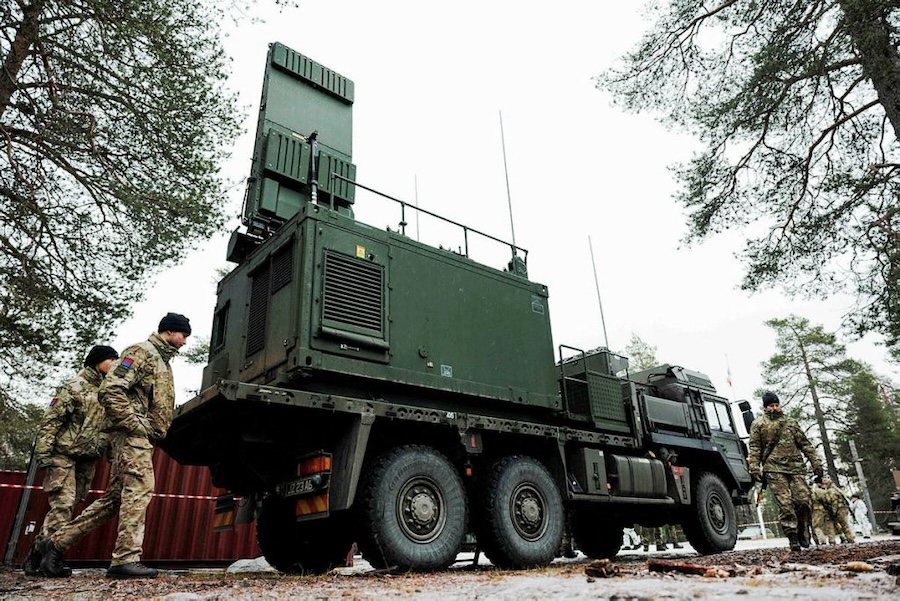Originally designated as E-XX, the aircraft received its formal name, E-130J, in October 2024. The Phoenix II name symbolises rebirth and renewal, reflecting the aircraft’s role in revitalising a mission once carried out by the EC-130Q from 1963 to 1993.
The E-130J Phoenix II will replace the ageing E-6B Mercury fleet in its role supporting the TACAMO mission. TACAMO ensures vital communication links between the president, secretary of defense and U.S. Strategic Command with naval ballistic missile forces.
“Phoenix II is the ideal popular name as we take the E-130J TACAMO mission into its next phase,” said Capt. Roger Davis, PMA-271 programme manager. “A phoenix is known for its resilience, exceptionally long lifespan, and its ability to transform and continue its purpose.”
Davis added that the PMA-271 team has worked to modernise the legacy mission aircraft into a platform with “unmatched survivability and longevity for this country.” The E-130J is based on the proven C-130 airframe, offering a continuation of a trusted legacy.
SCW-1 operates from Tinker Air Force Base in Oklahoma and includes the “Ironmen” of VQ-3, “Shadows” of VQ-4, and “Roughnecks” of VQ-7. The squadrons will be central to operating the new platform in its strategic communications role.
“I’m pleased that this very important programme remains on track, and that we were able to leverage our community sailors and veterans through the process,” said Capt. Britt Windeler, SCW-1 commander. “I feel like Phoenix II is especially apt, as we are returning to our roots of executing the TACAMO mission on a C-130 variant.”
The current E-6B Mercury aircraft serves as a communications relay and airborne command post, delivering survivable Nuclear Command, Control, and Communications (NC3) capability. The E-130J Phoenix II will assume this critical function as part of a modernised strategic force.
PMA-271, part of the Naval Air Systems Command (NAVAIR), is based at Naval Air Station Patuxent River, Maryland. Its mission remains to deliver and support reliable, survivable and enduring airborne communication systems for the nation’s top defence leadership.
SCW-1 is responsible for receiving, verifying, and retransmitting Emergency Action Messages to U.S. strategic forces. The introduction of the Phoenix II marks a significant step in ensuring the continuity and resilience of this mission.



